Tina Fey once said that the first rule of improv is to agree. If this doesn’t make sense as it relates to teaching writing, think of it this way: If a student brought you one paragraph of an essay when you were hoping for two pages, you might say “well this isn’t the assignment.” Perhaps you can think of a time when you may have had that very conversation. But think of what happens the moment you and your student disagree – you are then sitting there, awkwardly staring at one another, and perhaps you’re preparing for a student’s tearful feelings of failure for coming up short. It’s a tough moment.
But, if we follow the first rule – and we agree with the student that they are, in fact, presenting us their assignment – one that they perhaps worked very hard on and thought very deeply about or at the very least had the courage to show us despite a struggle – then we have somewhere to go; we have something to talk about – we have a scene of learning.
My pedagogy is driven by cultivating an environment that facilitates these scenes. After all, to be good with improve that is teaching, I must listen closely and when I listen closely, I am better-able to help students create effective written work no matter where/what they are starting with. Approaching teaching through the lens of the art of improvisation is what allows me to appreciate and better-understand how our dispositions (feelings that impact our approaches to situations) are such a driving factor behind whether and how we learn. I believe that dispositions are inextricably linked to learning. This belief also inspires my own scholarship, writing, and research interests. In my classroom, I encourage students to take control of their learning by expressing their own perspectives and articulating their own goals. But I also know that in order for this to be possible, students must first have the dispositions that will open them to it.
Students’ disposition can help or hinder them throughout the course of a semester. Therefore, my approach in the classroom builds on that agreement and engagement, drawing extensively on educational psychology research that stresses the importance of students’ dispositions. These behaviors and attitudes transcend the composition classroom and it is for this reason that my students are treated as composite persons with unique contexts that must be considered when approaching any lesson.
Both the interpersonal aspects of my teaching and the structure of in-class work and assignments facilitate students’ sense of self-efficacy. My typical classroom session is organized around writing workshops – whether students are reviewing and commenting on each other’s writing or working in groups to relate course concepts and objectives to individual writing tasks. Every writing workshop is different from the one before, often utilizing student feedback to shape and organize the time to suit what students see as most useful in a workshop. Soliciting feedback throughout the semester provides students with the agency that leads to an increased confidence in their role as students and writers.
While students sometimes work with peers during these workshops, most days I conduct “mini-conferences” with each student while others work independently to edit drafts or complete other writing-related tasks. These in-class conferences also develop a stronger sense of trust between all of us, encouraging students to visit office hours and allowing the space for spontaneous collaboration student to student and student to instructor. Through these workshop days, students become well acquainted with one another during the course of the semester. The bonds that students develop with one another encourage not only openness to critique of their own work but also a willingness to provide assessment on peers’ writing – something that many freshman students commonly have trouble feeling confident in doing. Fostering student confidence in the classroom begins with the culture of the classroom and extends to the assignment structure of my course.
My own courses are unique insofar as they ask students to reflect not only on the learning objectives of the University and the English department, but to think of their own personal learning objectives (PLO) as part of their larger academic experience and goals. Students are asked to articulate and reflect on these objectives regularly throughout the course of the semester. These PLOs help students feel a greater connection to the learning objectives of the course often times realizing that their own personal objectives for learning are identical or similar to those of the course. This connection helps students develop positive dispositions about the Composition class and about their broader goals within the University.
I approach teaching in this way because I know that while learning should occur in the classroom, students must transfer that knowledge to other contexts both personal and academic. The ability to abstract principles from one context and apply them in another is more likely developed in an environment with this approach to learning. Therefore, through reflection and metacognition, it is my goal that students in my classes will see their work in composition as valuable elsewhere, improving the potency and relevance of composition skills and strategies.
And while my classes are designed with knowledge transfer and dispositions in mind, this practice both in written products as well as classroom instruction and design, complements my most passionate goals as an instructor: to mentor my students through their transition into University life and show them how writing is an opportunity to navigate that experience. Through a great deal of conferencing, the improvisational classroom moments, and attention to dispositions, my students develop diligence and a sense of purpose. It is my belief that the aforementioned aspects of my pedagogy prepare students for future learning through the development of the dispositions necessary for successful careers in and beyond a university.
